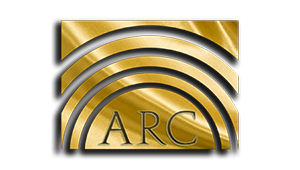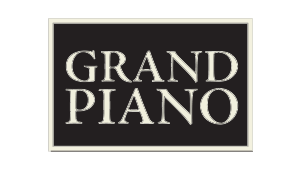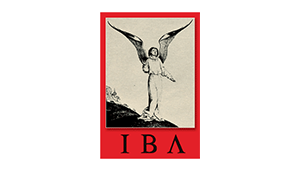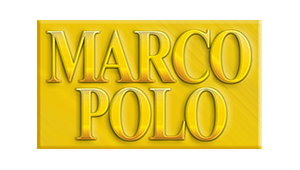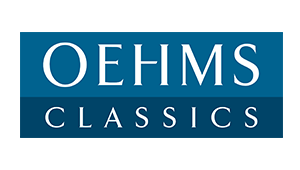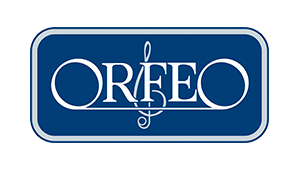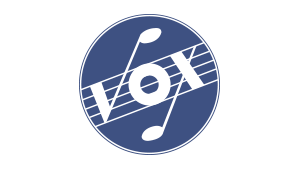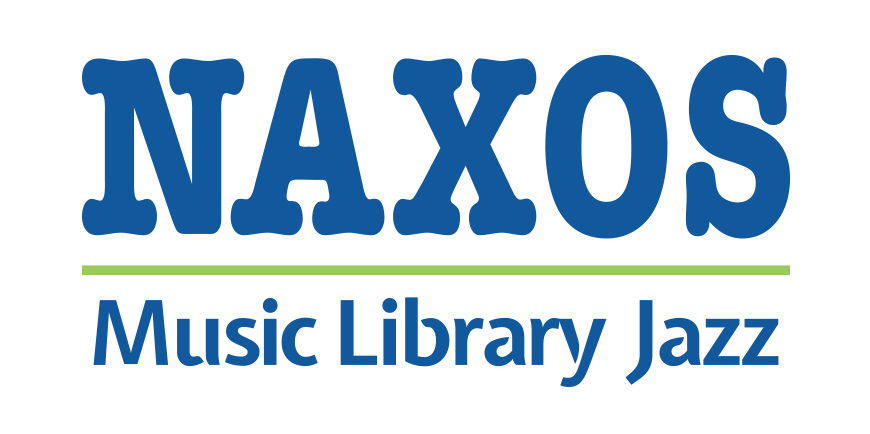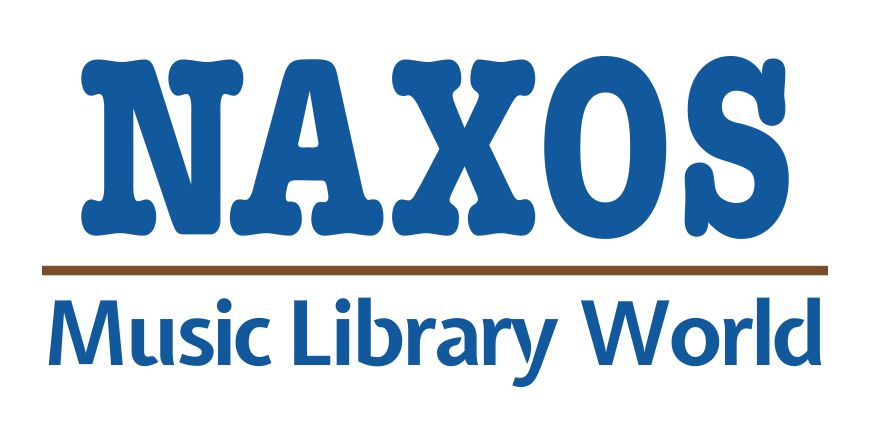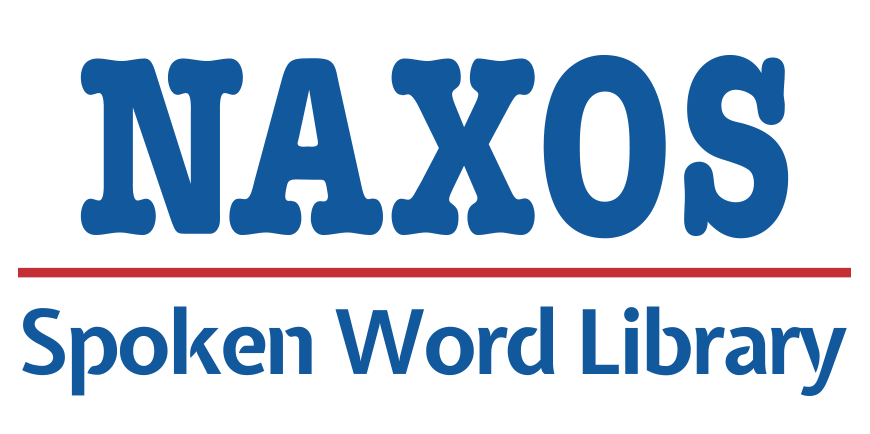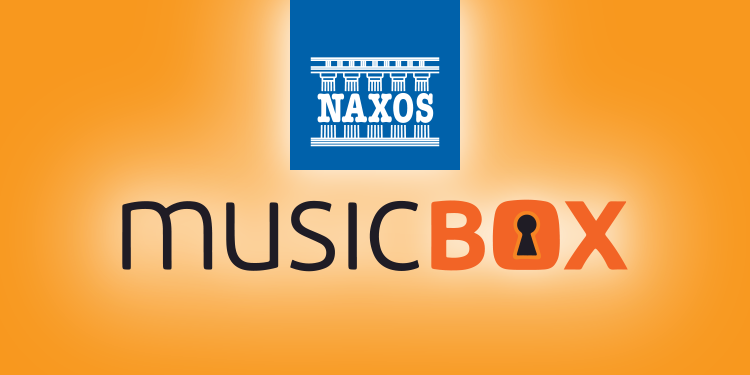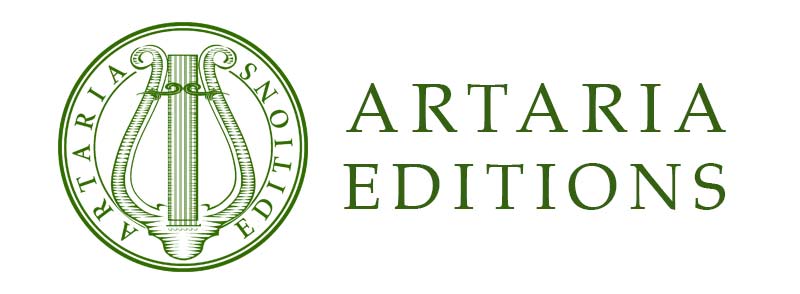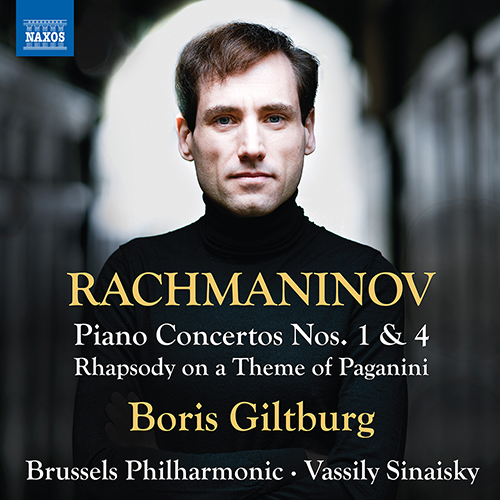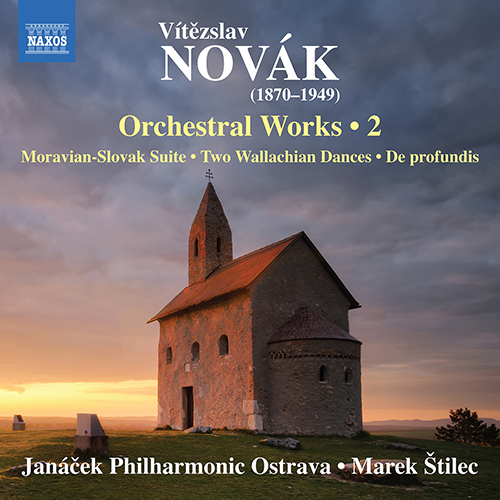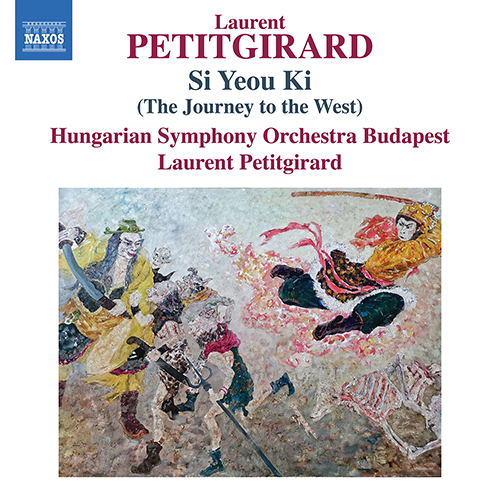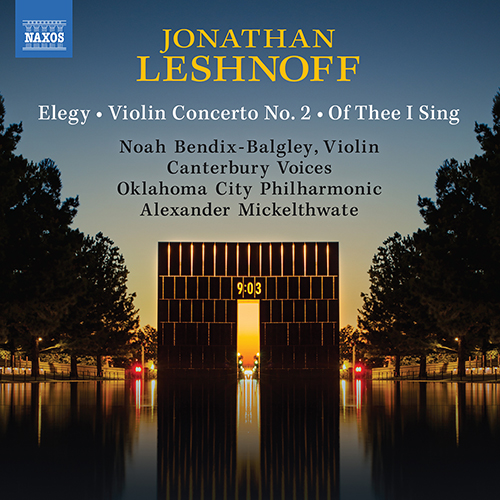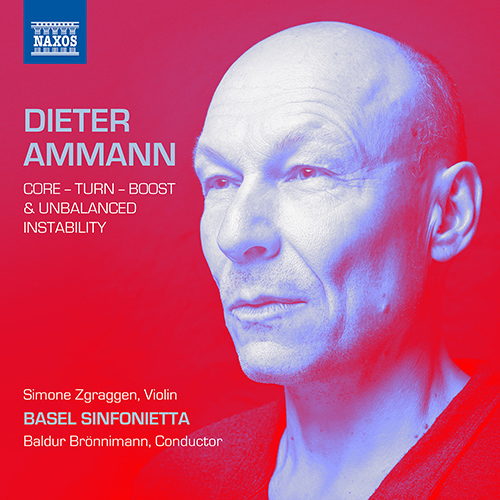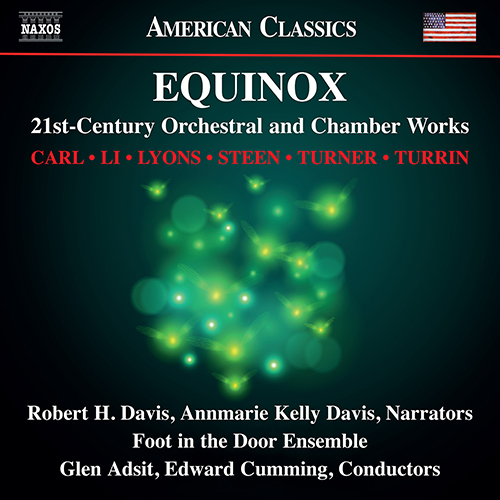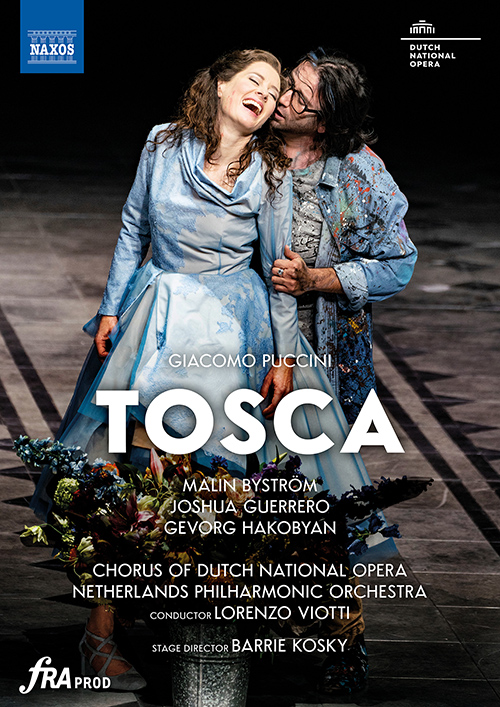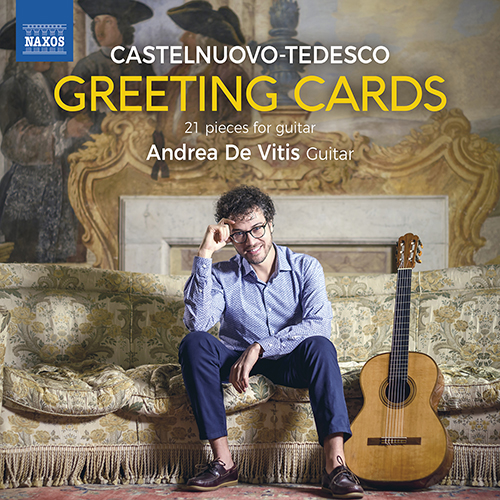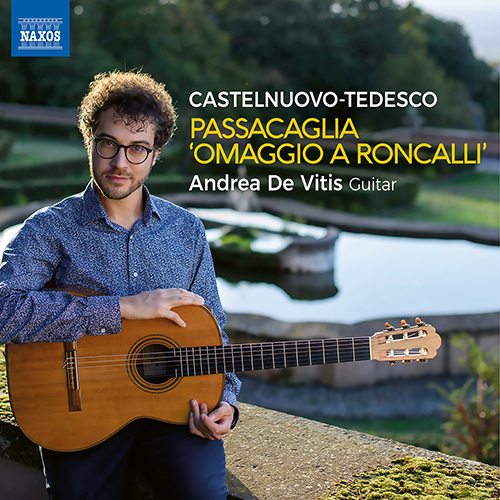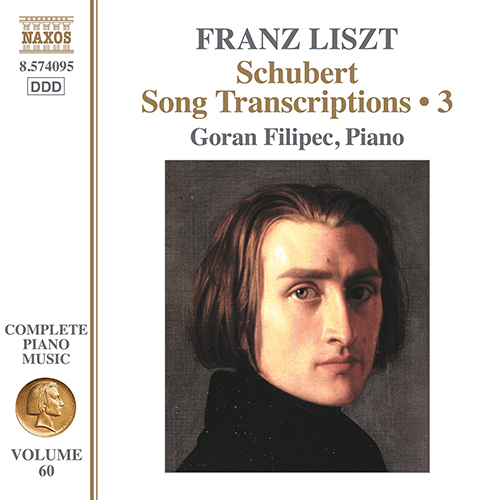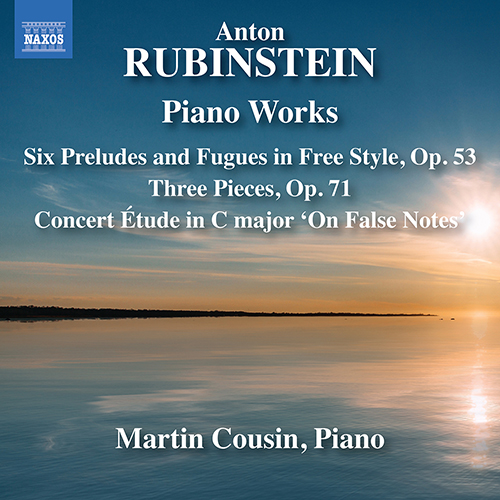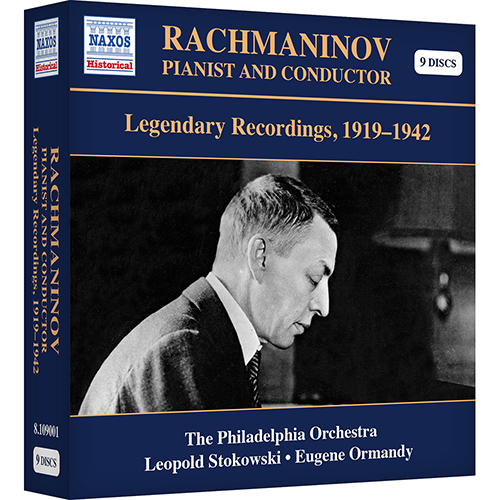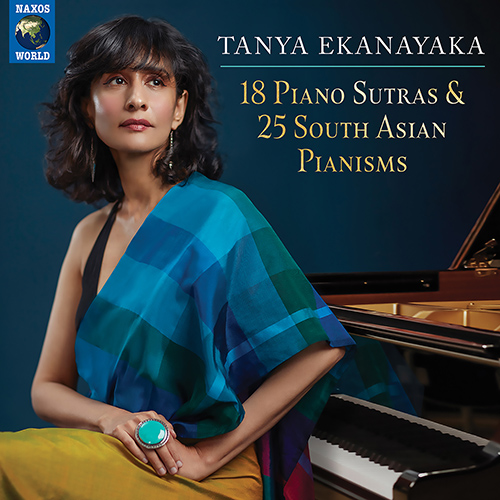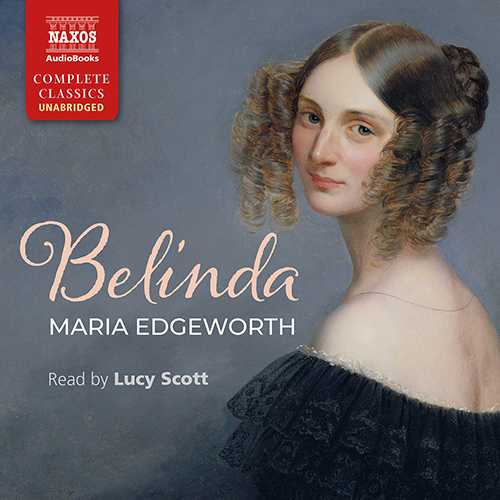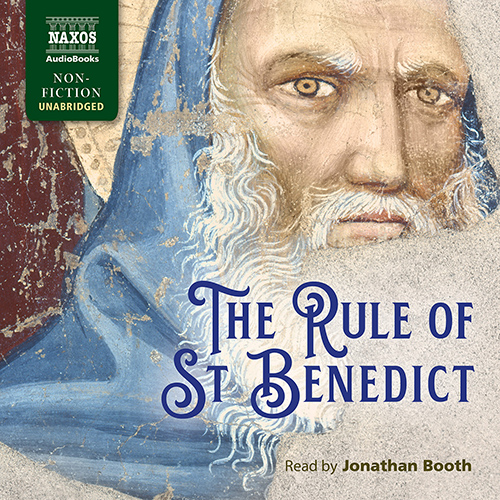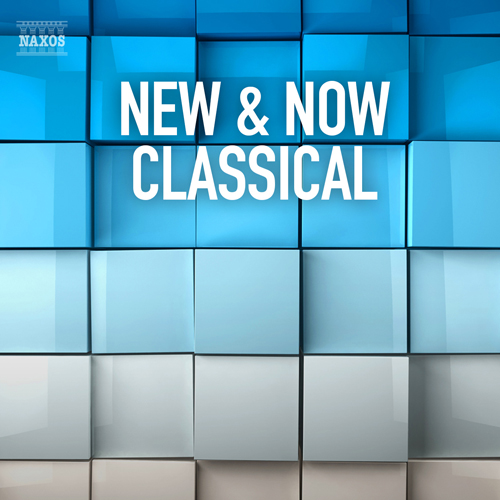The April NEW ON NAXOS presents Boris Giltburg’s recording of Sergey Rachmaninov’s First and Fourth Piano Concertos completing his survey of Rachmaninov’s piano concertos. He is accompanied by the Brussels Philharmonic under esteemed conductor Vassily Sinaisky. This programme also includes the electrifying Rhapsody on a Theme of Paganini – one of the most-loved and often performed works for piano and orchestra. This new release coincides with the 150th anniversary of Rachmaninov’s birth. The earlier recording of the Third Piano Concerto (8.573630) was praised by Pizzicato as a ‘masterfully coherent, richly detailed, colourful and overall exciting account’ and ‘a real treat.’
Other highlights include Giacomo Puccini’s opera Tosca staged by Barrie Kosky; Mario Castelnuovo-Tedesco’s 21 Greeting Cards written for the guitar; Sergey Rachmaninov’s legacy of historical recordings; Tanya Ekanayaka’s newest recording entitled 18 Piano Sutras & 25 South Asian Pianisms, and more.
![]() Watch our monthly New on Naxos video to sample the highlighted releases of the month.
Watch our monthly New on Naxos video to sample the highlighted releases of the month.
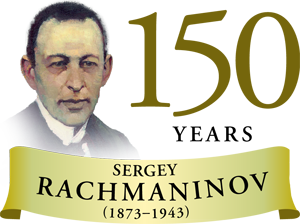
Rachmaninov’s First Piano Concerto was composed while he was a student at the Moscow Conservatoire, then fully reworked before he left Russia in 1917 and again in 1919. It is hard to explain why it never achieved a higher level of popularity – it has all of the melodic beauty, passion and brilliance found throughout the composer’s music. The Fourth Piano Concerto was much revised after harsh criticism at its premiere but it occupies a unique place in Rachmaninov’s oeuvre, showing a progression from lush Romanticism towards the muscular transparency of his later works. The electrifying Rhapsody on a Theme of Paganini is a concerto in all but name – the work’s sense of fun and demonic bravura has ensured its place among the most-loved and often performed works for piano and orchestra.
INCLUDES WORLD PREMIERE RECORDINGS
Vitĕzslav Novák was one of the most important Czech composers of the late 19th and early 20th centuries. The Moravian-Slovak Suite is one of his most popular works, evoking an eventful and romance-filled day in a Slovakian village. Recorded here for the first time since its rediscovery by producer Jiří Štilec, the Two Wallachian Dances further invoke Novák’s passion for folk music. De profundis was written during the dark days of the Second World War. It includes an important part for organ which is unleashed with full force in one of the most triumphant conclusions in all of 20th-century music.
WORLD PREMIERE RECORDING
The eclectic career of multi award-winning composer Laurent Petitgirard has seen him become one of France’s leading musicians and conductors, as well as taking him into the worlds of opera and ballet. The Journey to the West is a ballet that tells the story of a monk named Xuanzang who is sent on a perilous journey of redemption from China to India in order to seek out the scriptures of Truth in the Land of Buddha. The ordeals of Xuanzang and his companions are expressed in music that reflects the poetry and spiritual elevation found in this great monument of Chinese literature.
WORLD PREMIERE RECORDINGS
This is Naxos’s fifth album devoted to the music of leading American composer, Jonathan Leshnoff. He was GRAMMY-nominated for his album Violins of Hope (Naxos 8.559809) and is among the most frequently performed of living composers. The themes of these recent works are remembrance, memorialization, and hopefulness. Elegy addresses ideas of harmony and discord through contrasting thematic ideas. The Violin Concerto No. 2 follows the ‘symphony-concerto’ model with a resonant and lyrical slow movement inspired by Jewish mysticism at its core. Pulsating harmonies eventually subside into serene and hopeful writing in Of Thee I Sing, written in an act of creative transcendence to commemorate the 1995 Oklahoma City bombing.
Dieter Ammann has won numerous international awards and is now one of the most renowned Swiss composers of his generation. The multilayered unbalanced instability is a concerto for violin and chamber orchestra that seeks unpredictability and shifting perspectives between solo and orchestra. Ammann’s slowly developed orchestral triptych reflects his meticulous working methods. Core reshapes and transcends its improvised origins, while the slowly unfolding Turn serves as an adagio in the set. The irrepressible energy of Boost forms the kind of dramaturgy of tension and release that led Boulez to describe Ammann’s music as ‘artistic reflected spontaneity at the highest level’
WORLD PREMIERE RECORDINGS
Foot in the Door is The Hartt School’s new music ensemble. The music featured on this album was written for – and premiered by – the ensemble, and is the work of Hartt alumni, or current and former faculty members. The pieces owe their inspiration to a TV series, to the mutations of fire, aerosol physics, political resistance, the process of breathing in meditation, and to the beauty of rebirth in the spring. The music is crafted to showcase the virtuosity and stylistic variety of this ensemble.
Chorus of Dutch National Opera Netherlands Philharmonic Orchestra
Viotti • Kosky
Tosca is a melodrama of love, betrayal and death set in the revolutionary unrest of 1800. The story concerns the opera singer Floria Tosca who tries to save her lover, the painter Mario Cavaradossi, from the brutal chief of police, Scarpia. Through-composed and expertly orchestrated it contains some of Puccini’s best-known lyrical arias and remains one of his most performed operas. In this 2022 production, an eminent cast is directed by the acclaimed Australian director Barrie Kosky – ‘the Amsterdam audience was completely swept off its feet by Kosky’s stunning production’ (Opera News).
Between 1953 and 1967, the Italian composer Mario CastelnuovoTedesco wrote a series of Greeting Cards. These 52 musical folios, 21 of which were written for the guitar – an instrument that had inspired him since he first heard Segovia perform – are pen portraits of admired colleagues. Castelnuovo-Tedesco’s imagination and technical mastery are reinforced by the use of rhythms associated with the dedicatees’ nationality or through evocations inspired by their names. The cycle offers a surprising, generous and rewarding body of musical cryptology that belies its small-scale form.
In 1956 Andrés Segovia commissioned Mario Castelnuovo-Tedesco to compose a passacaglia following his disappointment over a passacaglia he had received from another composer. The piece, inspired by 17th-century Italian composer Ludovico Roncalli, completes a trio of tributes to Italian guitar-loving composers which are also available on Naxos – the Sonata, Op. 77 ‘Omaggio a Luigi Boccherini’ (8.572630) and the Capriccio diabolico, Op. 85 ‘Omaggio a Nicolò Paganini’ (8.574191). Andrea De Vitis’s album of Castelnuovo-Tedesco’s 21 pieces for guitar from Greeting Cards, Op. 170, is available on Naxos 8.574246.
Seldom has the art of song transcription been more creatively fashioned than in Liszt’s homages to Schubert. In this third volume of elegant and virtuosic pieces, Liszt’s prodigious capacity for colouration, shifting textures and use of myriad pianistic devices to suggest changing verses, brings refinement and beauty to each selected song. In songs such as Erlkönig and Die Forelle Liszt excels in drawing the music from the salon to the concert platform. In this recording, Goran Filipec, whose previous Liszt discs were praised by Gramophone as ‘nothing short of superb’, includes some rare versions of Liszt’s transcriptions.
Anton Rubinstein’s remarkable virtuoso career during the 19th century coincided almost exactly with the final developments of the modern piano. The increasing popularity of the instrument combined with Rubinstein’s formidable execution earned him enormous popularity as a performer. The Six Preludes and Fugues in Free Style are major works, each piece dedicated and alluding to famous composers and performers of the day. The charming Three Pieces are small-scale character works, while the Concert Étude in C major is a witty display piece in which ‘wrong notes’ are instantly corrected, like an errant pupil attempting to disguise mistakes.

Rachmaninov’s 78rpm discs constitute one of the most important recorded legacies in the history of music. He started recording for Edison in 1919 but thereafter was a Victor artist for the remainder of his life. These acoustical and electrical recordings attained technical and interpretative heights seldom equalled and saw collaborations with conductors Leopold Stokowski and Eugene Ormandy in the four piano concertos. Rachmaninov performs a broad selection of his own solo piano works as well as favourites from his repertoire by other composers. Symphony No. 3 and The Isle of the Dead can also be heard with The Philadelphia Orchestra under the composer’s baton. The set includes discs not issued at the time and the critically acclaimed remastering has been carried out by Ward Marston and Mark Obert-Thorn.
Tanya Ekanayaka presents a stunning array of 43 works for solo piano composed between 2021 and 2022, drawing inspiration from 40 languages ranging from rare and critically endangered languages spread across Earth’s six continents, home to permanent human habitation, to some of the most famous and unusual languages of South Asia. Mystical, vibrant, contemplative and poetic, the sutras and pianisms traverse a broad spectrum of moods and thought. Throughout, Tanya’s musical authenticity glistens within the beautiful originality of this remarkable double album.
The New & Now playlist features all that is new and exciting in the world of classical music, whether it’s new music, new presentations or new performers. With more than 200 new releases each year, and artists from around the world, there is always something new to discover with Naxos.
This month, there are some fantastic new additions to the playlist!
- Sergey Rachmaninov: Rhapsody on a Theme of Paganini, Op. 43: Variation 12: Tempo di menuetto (Giltburg, Brussels Philharmonic, Sinaisky)
- Mario Castelnuovo-Tedesco: Greeting Cards: Ninna Nanna, a Lullaby for Eugene, Op. 170, No. 14 (Andrea De Vitis)
- Ausgesuchte Ungarische Nationaltänze im Clavierauszug von verschiedenen Ziegeunern aus Galantha: Galántai tánc No. 20 (Szilvia Elek)
- Pavel Chesnokov: Spaseniye sodelal (Salvation is Created), Op. 25, No. 5 (St. John’s Voices, Cambridge University Chamber Choir, Walker)
- Carlos Gomes: Lo schiavo, Act IV: Preludio, ‘Alvorada’ (Minas Gerais Philharmonic Orchestra, Mechetti)
- Lera Auerbach: 24 Preludes for Violin and Piano, Op. 46: No. 3 in G Major: Andantino misterioso (C. Bernsted, R. Mhaanna)
- Carlo Domeniconi: Sindbad, ein Märchen (Sinbad, a Legend), Op. 49: Cycle II: No. 1. Der Sturm (The Storm) (Celil Refik Kaya)
- Louis Vierne: 12 Préludes, Op. 36: No. 9. Suprême appel: Allegro molto agitato (Sergio Monteiro)
- Leone Sinigaglia: Romanza, Op. 3 (Szymański, Archos Quartet)
